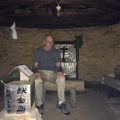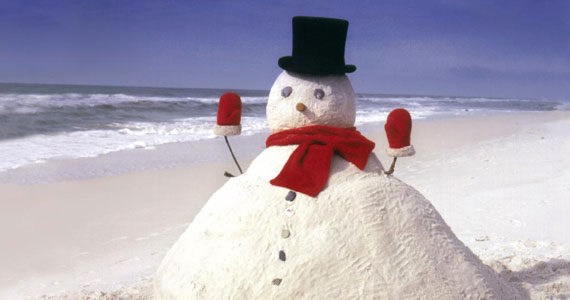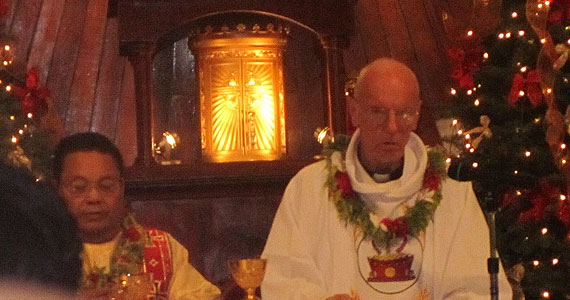Christmas, 2014
Christmas greetings from the Bronx campus of Fordham University, where I have made my home for the past year. But my time here has always been with computer on and bags packed for forays to other places. Most of the trips have been to where the coconut tree grows and waves lap on warm shores. With five trips to Hawaii and beyond, as well as a recent spurt of trips to the islands for a total of ten weeks since September, my air travel was enough to win me platinum on United Airlines? mileage program?a status I never achieved in all my years living in Micronesia!
Thank goodness for island-centered projects. Without them during my time in the US these past few years I?d probably be reduced to scanning the TV channels for European soccer and American reality shows. Instead, I’ve been fortunate enough to have had useful things to do. The long monograph I wrote last year on the early Spanish mission period in the Marianas should be published soon. So should another booklet on the German era in the islands, a publication illustrated with many hitherto unseen photos from a century ago?Yapese boys smoking cigarillos, Palauan youth playing with a model train set, a uniformed German band performing for a big feast in Palau.
One of the most recent projects has been a video on island migrants, featuring eight individuals who have moved to the US and done their country proud. There is also a long article offering a historical look at tourism in Palau. Both should be going public within the next few months.
Thankfully, I’ve been able to travel extensively over the past several months. First it was off to Saipan for a board meeting, several weeks in Palau on the tourism project, with a final week on Pohnpei to do further business there. Then it was off to Chuuk for a meeting of the group charged with moving along reform of the public education system, and then a week on Guam to work with different groups in what has become, sadly, a divided church. The travel included a couple of Asian sites: Taiwan for a Pacific History Association meeting, and Korea a few months earlier to review material for a book on Pacific cultures being published by UNESCO.
But it hasn’t been all work. The reunions with old friends back in the islands is always a joy, whether it happens on the basketball court here at Fordham or at the departure lounge, restaurant or church in one of the islands. Is it any surprise that a person?s heart remains in the islands after so many years there?
Family and friends have never meant more. Times with my family in the mountains of upstate New York, or even sad occasions like the burial of a cousin in Buffalo not so long ago, are wonderful opportunities to celebrate the ties that become all the more important as one ages. But isn’t that true for all of us as we get older? Oneness in family, oneness in friendship becomes central in life.
Life gets simpler and deeper, and more infused with meaning as we age. We old-timers have had our fill of battles; we long for peace and unity. The kind of peace and unity that is central to the meaning of Christmas.
When I was younger, I used to suggest that we keep our eyes fixed on the sky where we might find the Star of Bethlehem. But with age I find that star shining in the eyes of others around us. My hope is that that star, wherever we find it, may lead us to the stable.






